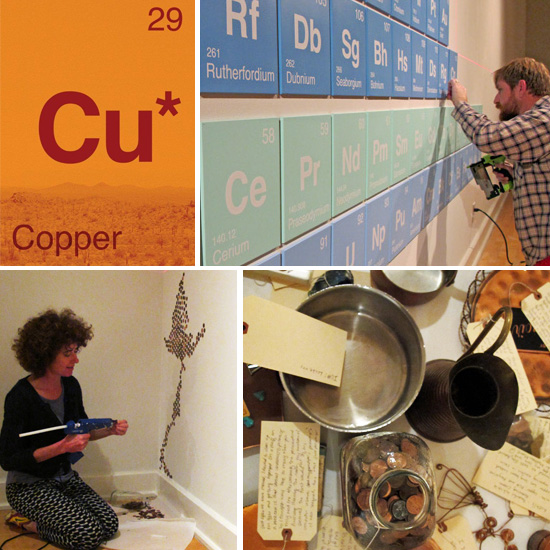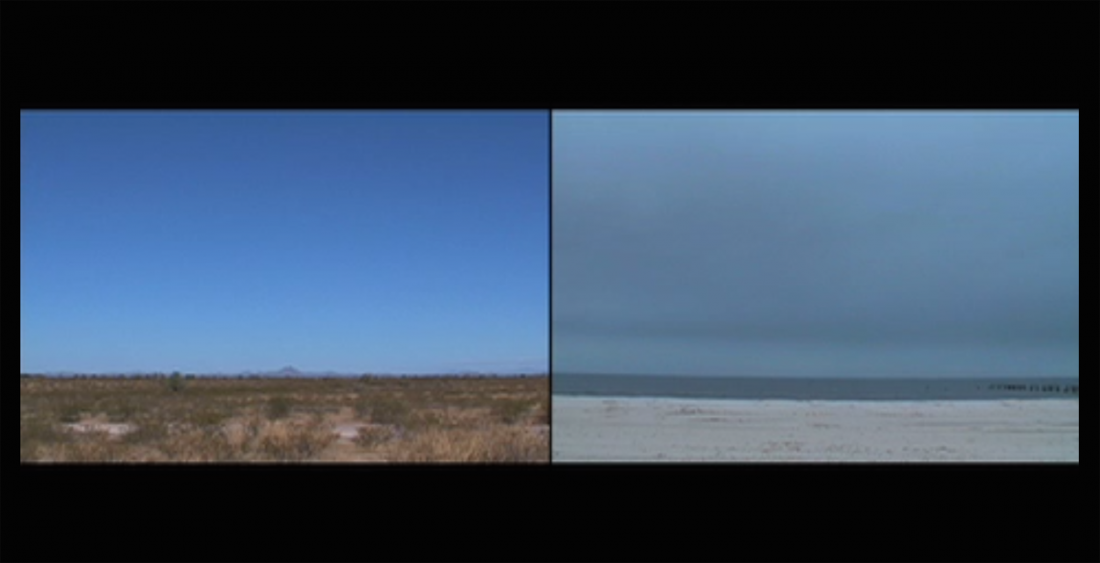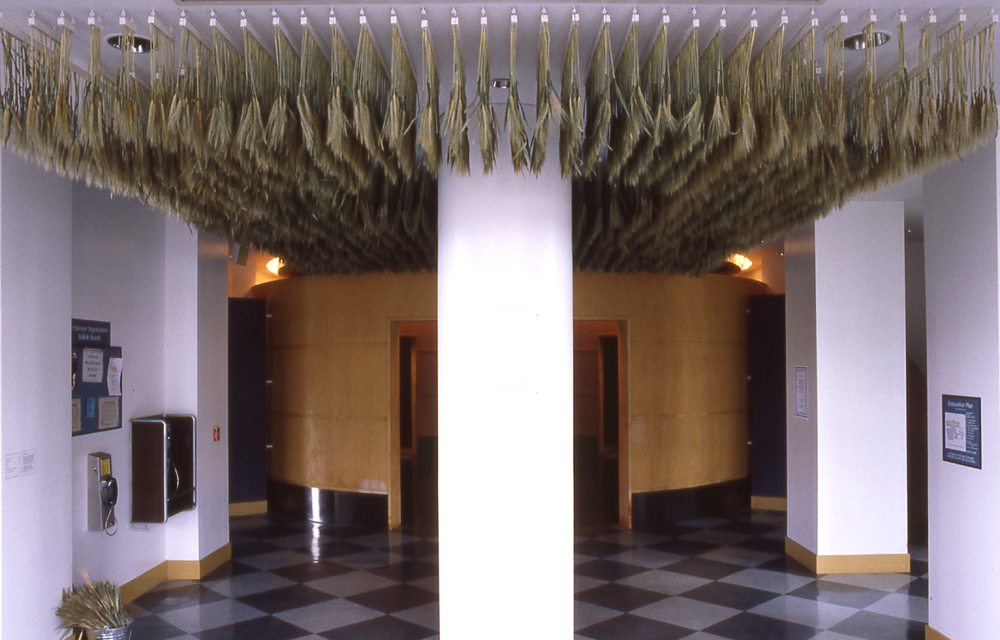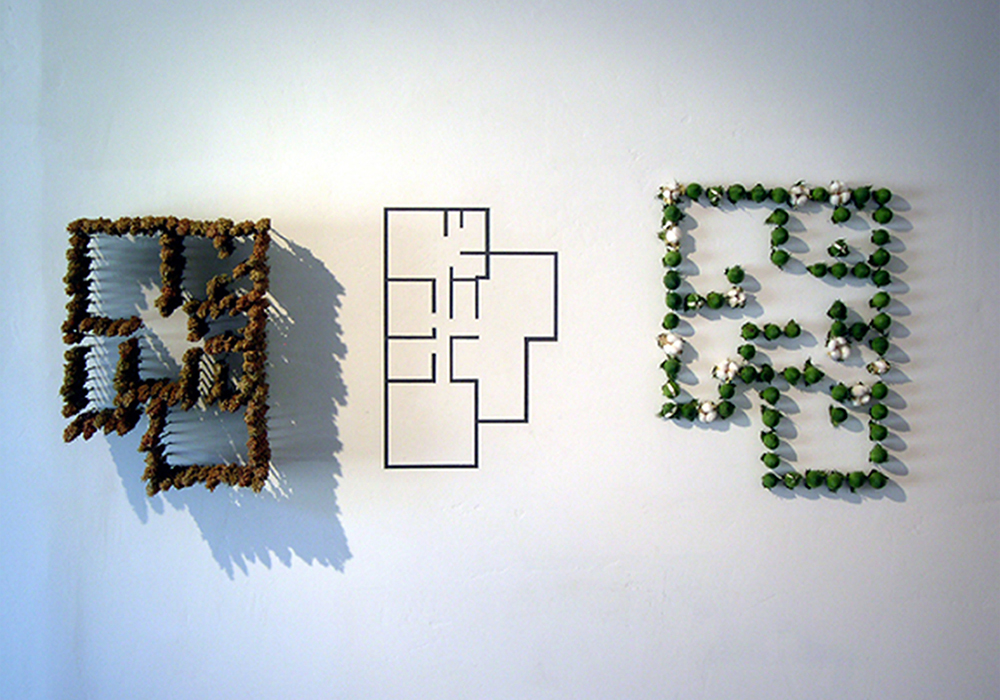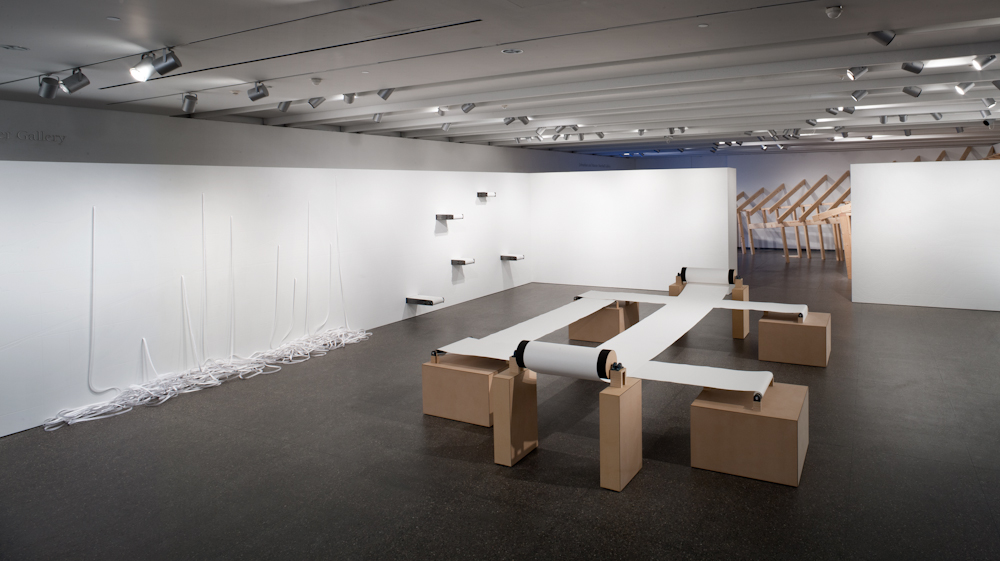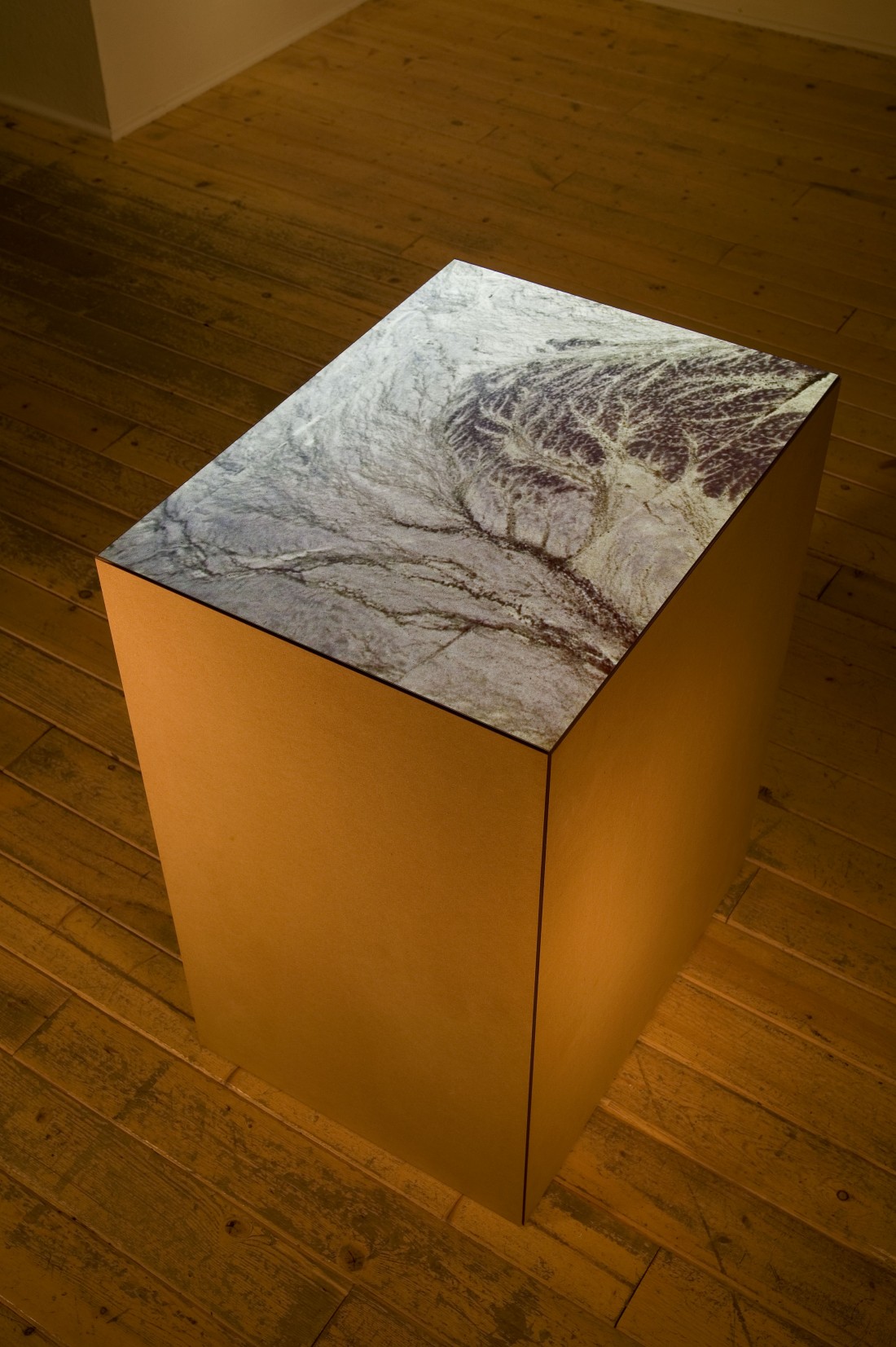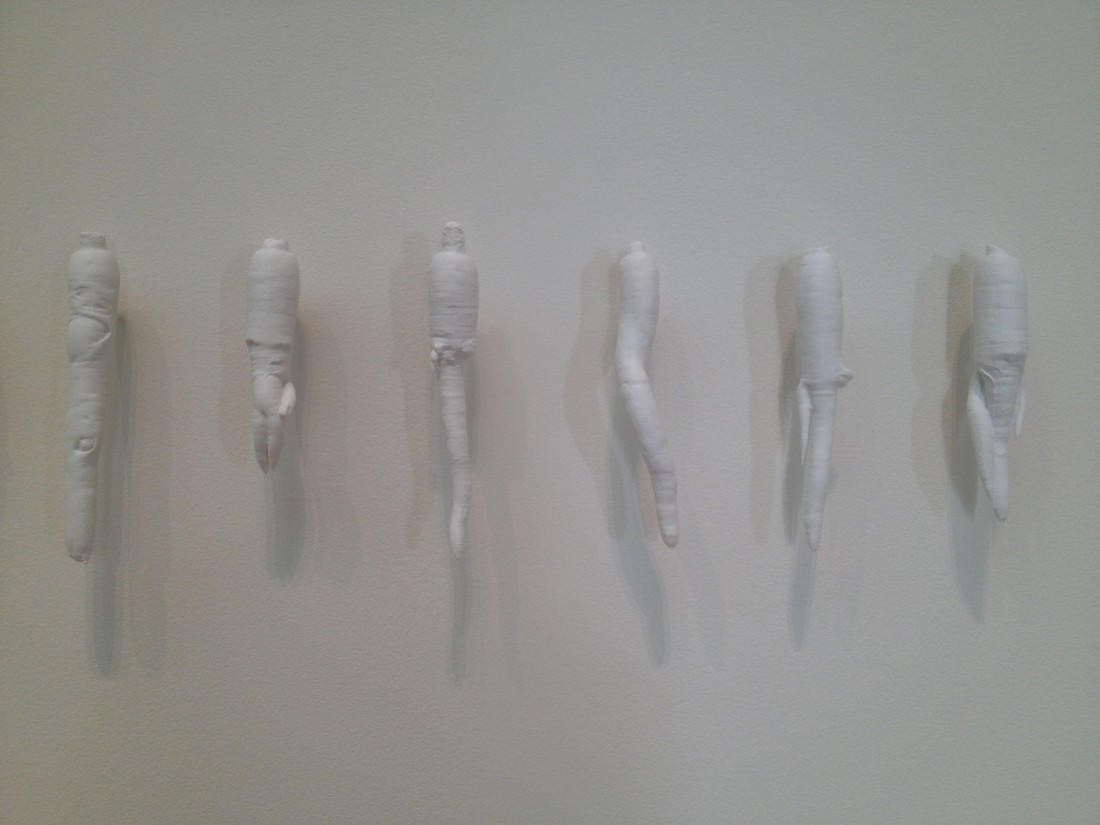Cu29: Mining for You
A collaboration with British artist Clare Patey, Cu29 centered on the issue of endangered elements in the periodic table, specifically copper. Copper plays a major role in Arizona’s history and in its current economic, environmental and cultural life. The exhibition explored the process of staking a claim, the idea of owning the Earth’s natural resources, and our dependence on copper for everything from saucepans to cellphones. The artists’ company, Copper Undergound, created its corporate headquarters in the museum gallery, where a massive three-dimensional periodic table doubled as seating. Artworks from the ASU Art Museum’s collection, together with objects and their stories collected from the community, traced the extraction of copper from the ground to its use by artists in their studios, electricians and plumbers in houses, and chefs in their kitchens. With these installations, we tackled issues of resource scarcity and the need to change patterns of human consumption. We collaborated with ASU students and faculty from the School of Art, the Global Institute of Sustainability and the School of Earth and Space Exploration, and students from Marcos di Niza High School in Tempe on research, installations and information in the galleries.



